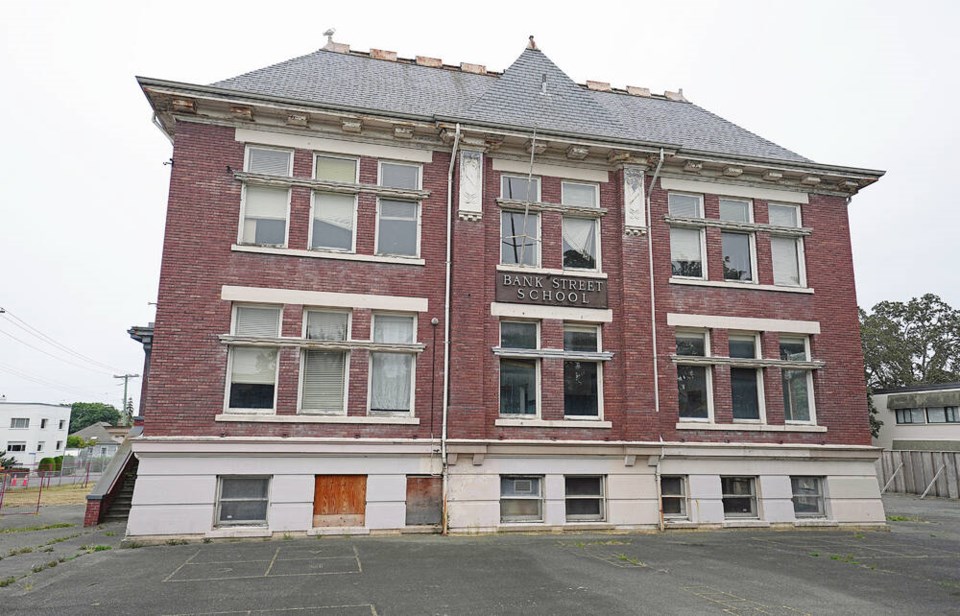When Douglas Cardinal, Canada’s eminent architect, spoke to a conference of architects in Vancouver in the early 1990s, he began by saying “buildings speak to people,” meaning that the building itself, its design and the functional relationships of its components deliver a powerful message to those who occupy it every day of its life.
Cardinal explained that the first step in creating a building is to begin with a vision that clearly states that building’s purposes, intentions and goals. Once you declare your vision as a powerful intention, you have created the possibility that it can occur. In the absence of this kind of thinking other, perhaps more pragmatic if less ideal, considerations will tend to drive the design,
Cardinal further explained that he also has users describe a “day in the life of each room,” allowing him to understand their schedule, the amount of actual use and maximum functionality.
For architects of school buildings then, the vision of what a building “says” assumes a clear understanding of and a vision for what the occupants of the building may be doing and able to achieve.
Unfortunately, however, the design of the majority of traditional school buildings delivers a message that is contrary to what research into excellence in teaching and learning demands.
The majority of traditionally designed buildings speak to the necessity for strict external control of the teacher and learner. Long corridors are designed to permit movement to and from classrooms in which it is assumed groups of children will be taught as if there is no difference between them. They will learn in the same way and at the same pace.
An abundance of research into learning, including credible brain research, has resulted in common agreement about principles of learning that are not only contrary to traditional design assumptions, but might actually be defeated by the anachronistic design of traditionally organized school buildings.
All of this speaks to the need for schools that are both truly innovative in design beyond superficial appearances and that recognize that both the acquisition and application of knowledge, as well as the expectations of both higher education and the world of employment, bear little resemblance to the world of even 20 years ago.
Regrettably, while all this has changed, school design has not kept pace in its recognition of what schools might be beyond the ideas of the late 20th century.
Specifically, an innovative school building should provide the opportunity for students and teachers to work together in large groups, small groups and one on one with each other. Pods of classrooms with adjoining common space provide opportunities for teachers and students to stimulate learning by varying groupings.
In Douglas Cardinal’s terms, the building needs to say to students “we know you want to learn, we want this to be a place you enjoy learning, this is your building.”
In a traditionally designed school, teachers own the classrooms, the librarian owns the library, the principal owns the office and the custodian owns the hallways.
Student ownership is not a feature of traditional design. Student control of or responsibility for anything is at a minimum.
Areas where students are able to congregate to work, talk, simply enjoy being at school are essential to the development of a sense of student ownership of the school and its purposes.
These areas do not exclude teachers but encourage the opportunity for more frequent but less formal interaction and conversation — the kind of thing that usually happens only when teachers coach school sports or produce school plays.
Phillip C. Schlecty, a leader in the world of school reform, once suggested that “contemporary schools are places where the somewhat younger go to watch the somewhat older work.”
Schlecty suggests that the truly innovative school is one that will be transformed into a learning organization that can provide the opposite.
Schlecty suggests that schools are organized as bureaucracies that provide teachers with a platform for instruction rather than providing students with a learning platform.
Schools are designed, he says, to push information at students rather than encouraging students to pull information as they need it to accomplish some learning goal they care about.
School design then, must be student-oriented in the sense that the design provides multiple “learning spaces,” large and small, which accommodate a variety of learning paces and styles. The recognition of those paces and styles, suggests Howard Gardener, American developmental psychologist and author of more than 30 books on teaching and learning, is a prerequisite to success.
Geoff Johnson is a former superintendent of schools



